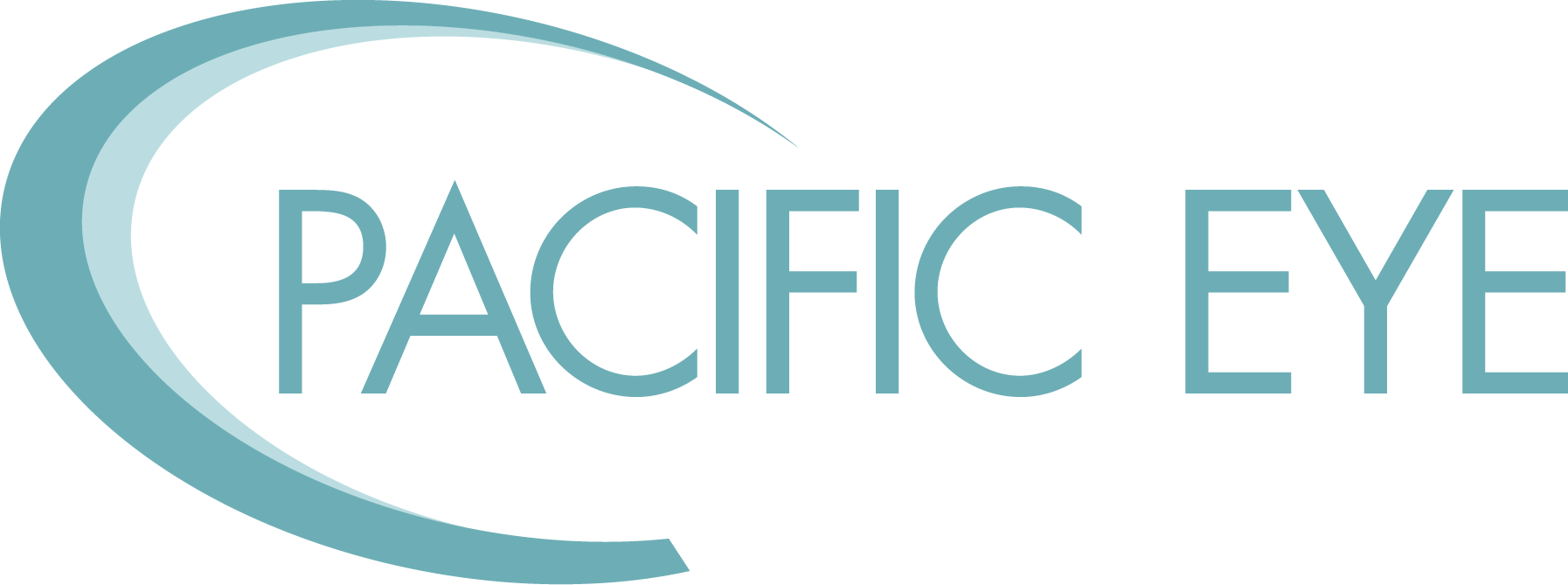
Your eyes are complex. They refract the light in the world around you and translate it into images that your brain processes. A smooth, round eye refracts light and produces clear images. But if your eye isn’t perfectly round, your vision can be affected.
Eyes that aren’t completely round have astigmatism, a common eye condition that affects the way your eyes take in light and translate it into the images you see. Blurry vision, of course, can affect your quality of life and your ability to perform daily tasks comfortably.
The team at Pacific Eye is trained in diagnosing and treating many common eye conditions, including astigmatism. Today, we’re talking about astigmatism, signs you might have it, and how it’s treated.
For comprehensive eye care, trust Pacific Eye. Call the office nearest you or request an appointment online today.
Understanding astigmatism
The cornea is the clear surface of your eye. The lens sits under the cornea, inside your eye. Both the cornea and the lens bend light that comes into your eyes to help you see. They’re both curved, and when they have a round curve, you can see clearly.
But many people don’t have perfectly round eyes. If the cornea or lens has mismatched curves, it’s called a refractive error. Astigmatism is a type of refractive error, and it can interfere with the clarity of your vision.
If you have astigmatism, your eye is egg- or football-shaped. The condition might be caused by an eye disease or injury, but most of the time, astigmatism is present from birth.
Astigmatism is a common condition, and it often comes along with other refractive errors like nearsightedness (myopia) and farsightedness (hyperopia). You might have astigmatism if you experience:
- Blurry vision, both up close and at a distance
- Headaches
- Eyestrain
- Eye fatigue
- Poor night vision
Astigmatism that brings blurry vision can interfere with your ability to perform normal daily tasks. If you’re bothered by poor vision or other symptoms, make an appointment with the team at Pacific Eye.
What to do about astigmatism
Astigmatism is generally simple to diagnose with a comprehensive eye exam. Our team performs a series of eye tests with special instruments, including a keratometer to measure the curvature of your cornea and a phoropter to see how your eyes refract light.
If your vision is blurry without corrective lenses, it’s likely that you have a refractive error. Our team can determine if you suffer from myopia, hyperopia, astigmatism, or a combination of conditions.
The degree of your astigmatism treatment is determined by the severity of the condition. Some people have slight astigmatism, while others have more pronounced curvatures. It’s possible to have astigmatism in just one or both eyes.
Our team regularly treats astigmatism and other refractive errors with:
- Prescription eyeglasses
- Prescription contact lenses
- IntraLase® LASIK surgery
- Orthokeratology
Prescription eyeglasses and contact lenses counteract the degree of curvature in each eye to improve the clarity of your vision. LASIK surgery permanently reshapes your cornea to improve vision without corrective lenses, while orthokeratology is a treatment that uses hard contact lenses to gradually reshape your corneas.
Whether you have mild or severe astigmatism, it’s possible to have clear vision any time of the day or night. Our team at Pacific Eye is happy to offer customized treatment plans for astigmatism to give you your best vision.
We have convenient locations in Santa Maria, San Luis Obispo, Pismo Beach, Paso Robles, Lompoc, and Orcutt, California. Call the one nearest you today or book your first appointment online to learn more.







